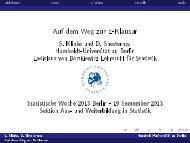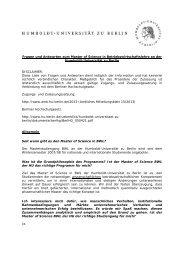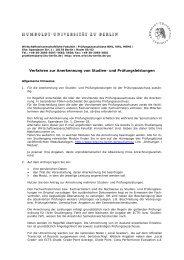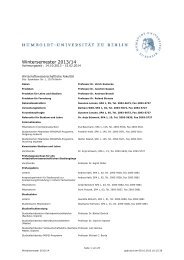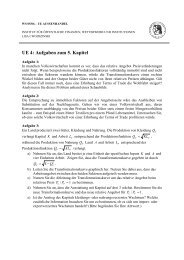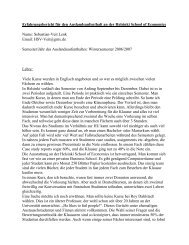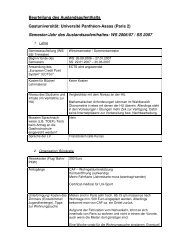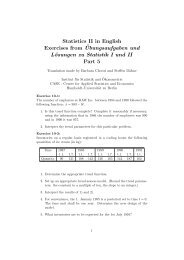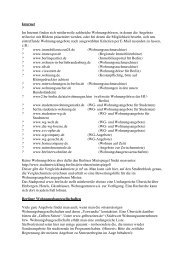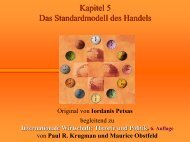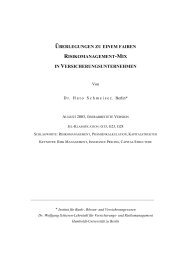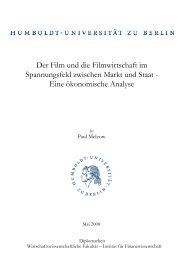Master Thesis - Humboldt-Universität zu Berlin
Master Thesis - Humboldt-Universität zu Berlin
Master Thesis - Humboldt-Universität zu Berlin
You also want an ePaper? Increase the reach of your titles
YUMPU automatically turns print PDFs into web optimized ePapers that Google loves.
4 The Model<br />
Our model consists of two coutries: EU and USA, that may differ in size,<br />
but are otherwise isomorphic, and the rest of the world. Hence, our exposition<br />
below focuses on the EU economy. The model incorporates features<br />
designed to account for the effects of oil and non-oil import shocks by allowing<br />
them to enter both the intermediate goods production and the final<br />
goods production.<br />
4.1 Households<br />
In each country, there is a continuum of households indicated by the index<br />
τ = [0; 1], each one supplying a complete set of differentiated labour.<br />
The instantaneous utility function of each household depends positively on<br />
consumption C t relative to an external habit variable H t and negatively on<br />
labour supply lt τ :<br />
U τ t = 1<br />
1 − σ c<br />
(C τ t − H t ) 1−σc · exp( σ c − 1<br />
1 + σ l<br />
(l τ t ) 1+σ l<br />
) (1)<br />
where σ c determines the intertemporal elasticity of substitution and σ l the<br />
elasticity of work effort with respect to real wage. Habit formation, which<br />
among economists is called ”keeping up with the Joneses” is a constant fraction<br />
of the previous time consumption:<br />
H t = hC t−1 (2)<br />
Each household maximizes an intertemporal utility function with β as discount<br />
factor:<br />
E 0<br />
∞<br />
∑<br />
t=0<br />
β t U τ t (3)<br />
9



